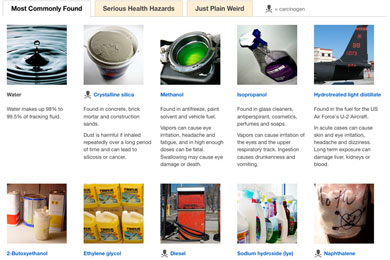USA: What the frack is in that water?
By Lena Groeger in ProPublica.
Environmentalists have repeatedly pressed regulators to compel oil and gas companies to report what chemicals they use in the drilling and fracking process.
According to a 2011 congressional report, many of the chemicals used can pose a serious health risk. No one knows the exact makeup of the frack mixture, drilling muds and other stuff used at well sites, but this list breaks down the main ingredients revealed so far. Click on the chemical name for more detailed information.
 |
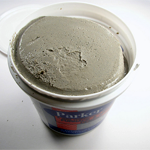 |
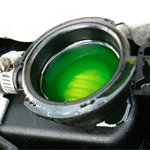 |
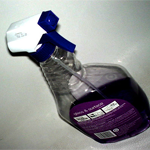 |
 |
| Water |
 Crystalline silica Crystalline silica |
Methanol | Isopropanol | Hydrotreated light distillate |
|
Water makes up 98% to 99.5% of fracking fluid. |
Found in concrete, brick mortar and construction sands. Dust is harmful if inhaled repeatedly over a long period of time and can lead to silicosis or cancer. |
Found in antifreeze, paint solvent and vehicle fuel. Vapors can cause eye irritation, headache and fatigue, and in high enough doses can be fatal. Swallowing may cause eye damage or death. |
Found in glass cleaners, antiperspirant, cosmetics, perfumes and soaps. Vapors can cause irritation of the eyes and the upper respiratory track. Ingestion causes drunkenness and vomiting. |
Found in the fuel for the US Air Force's U-2 Aircraft. In acute cases can cause skin and eye irritation, headache and dizziness. Long term exposure can damage liver, kidneys or blood. |
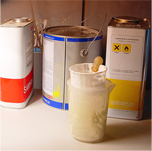 |
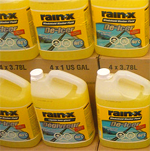 |
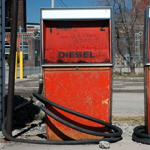 |
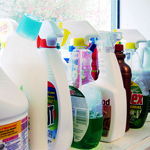 |
 |
| 2-Butoxyethanol | Ethylene glycol |
 Diesel Diesel |
Sodium hydroxide (lye) |
 Naphthalene Naphthalene |
|
Found in paints and varnish. Vapors irritate the eyes and nose. Ingestion or skin contact can cause headache, nausea, vomiting and dizziness. |
Found in de-icing agents, automotive antifreeze, household cleaners. Ingestion causes stupor or coma and can lead to fatal kidney injury. |
Found in fuel oil. Contact with skin may cause redness, itching, burning, severe skin damage and cancer. |
Found in drain cleaner, manufacturing products. Dust may cause damage to lungs. Exposure to solid or liquid forms can severely burn the eyes, skin and mucous membranes, or lead to death. |
Found in mothballs. Inhalation can cause respiratory tract irritation, nausea, vomiting, abdominal pain, fever or death. |
Sources: Department of Energy, TEDX, House Committee on Energy and Commerce, FracFocus
Images: Flickr: Allan Foster, Windell Oskay, EvelynGiggles, Je Kemp, Jack Snell, hojun song, Anthony Easton, Francis Mariani, Brittney Bush Bollay, C Jill Reed, Linden Tea, Andy Armstrong, Bruno Furnari, Tim Patterson, Massachusetts Dept. of Environmental Protection, Greg Bishop, David Hawkins-Weeks, Kristin Kokkersvold, Nic McPhee, chrisplymouth, Bc. Jan Kaláb, Bill Rhodes, Henna by Heather, Marilyn Sherman, Artizone, Francesco Lodolo, Srinayan Puppala, anemoneprojectors, stu_spivack, and Wikimedia Commons: Thester11
Clarification: Readers have pointed out that sulfuric acid is not a definite human carcinogen. We've listed it as a probable carcinogen because according to the International Agency for Research on Cancer, "occupational exposure to strong inorganic acid mists containing sulfuric acid is carcinogenic to humans."


